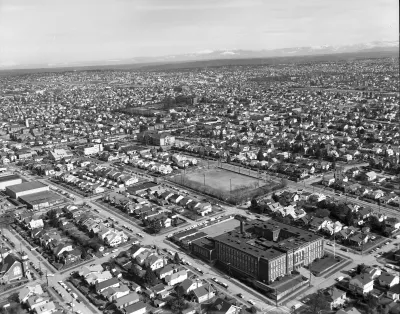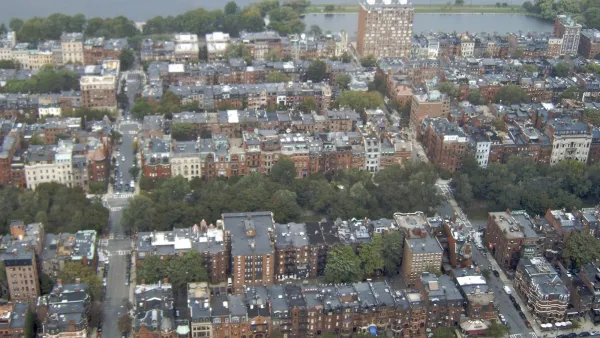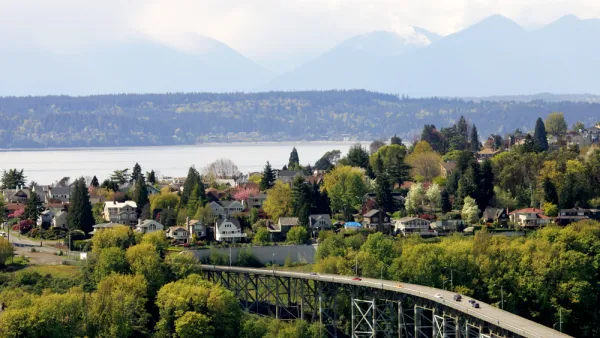The push for historic preservation districts often amounts to exclusionary zoning that exacerbates the housing affordability crisis.

Seattle's Mandatory Housing Affordability Program includes a provision that protects federally designated historic districts from zoning changes. Writing in The Urbanist, Mike Eliason argues that this protection amounts to a new form of restrictive covenant that will prevent denser development in many parts of the city and lead to an even bigger affordability crisis.
One such zone, Wallingford, is proposing a historic preservation district that would effectively freeze development in almost half of the Wallingford Urban Village Planning Area. The zone's proponents have also opposed more permissive accessory dwelling unit (ADU) regulations, reduced parking requirements, and affordable housing requirements.
Eliason contends that opposition to zoning changes that would increase density in a neighborhood central to transit and urban amenities hinders the city's efforts to make housing more affordable and meet climate goals. "From a historic standpoint, this is just another attempt by wealthy homeowners —who ironically are a minority of the Wallingford Urban Village—to keep those less well off out of their neighborhood." In the 1980s, local homeowners fought to have parts of the area downzoned to even further reduce opportunities for multi-family and student housing, despite the neighborhood's proximity to a university. Eliason admonishes readers to oppose the Wallington project and prevent historic preservation from becoming "yet another tool wielded by those living in exclusive enclaves to prevent rezoning for a more equitable, inclusive, and sustainable city."
FULL STORY: Are Historic Districts a New Variation to Restrictive Covenants?

Analysis: Cybertruck Fatality Rate Far Exceeds That of Ford Pinto
The Tesla Cybertruck was recalled seven times last year.

National Parks Layoffs Will Cause Communities to Lose Billions
Thousands of essential park workers were laid off this week, just before the busy spring break season.

Retro-silient?: America’s First “Eco-burb,” The Woodlands Turns 50
A master-planned community north of Houston offers lessons on green infrastructure and resilient design, but falls short of its founder’s lofty affordability and walkability goals.

Test News Post 1
This is a summary

Analysis: Cybertruck Fatality Rate Far Exceeds That of Ford Pinto
The Tesla Cybertruck was recalled seven times last year.

Test News Headline 46
Test for the image on the front page.
Urban Design for Planners 1: Software Tools
This six-course series explores essential urban design concepts using open source software and equips planners with the tools they need to participate fully in the urban design process.
Planning for Universal Design
Learn the tools for implementing Universal Design in planning regulations.
EMC Planning Group, Inc.
Planetizen
Planetizen
Mpact (formerly Rail~Volution)
Great Falls Development Authority, Inc.
HUDs Office of Policy Development and Research
NYU Wagner Graduate School of Public Service




























